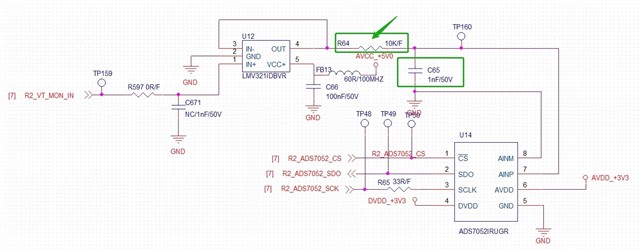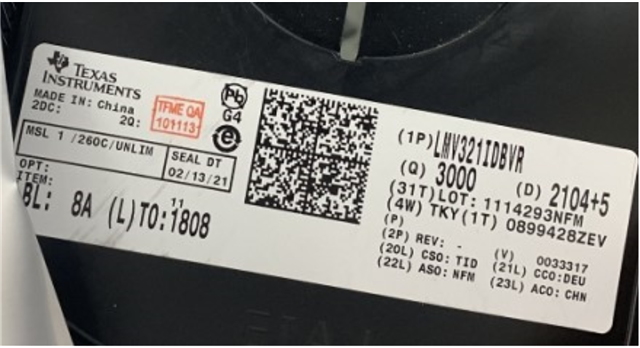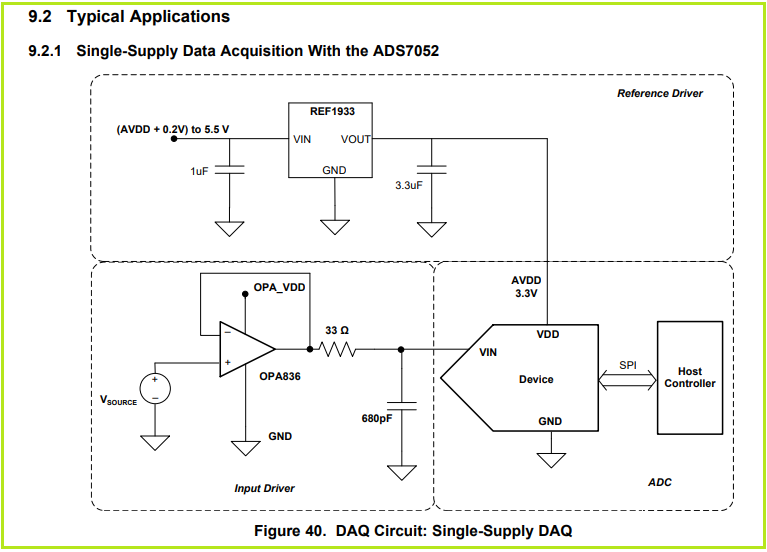Other Parts Discussed in Thread: LMV321, ADS7052
Hi Team,
LMV321IDBVR is used in the voltage monitoring circuit, customer encountered a problem in the test:
When testing at low temperature of -40 degrees, the monitored voltage value is too high (for example, the actual voltage is 8V, and the voltage is estimated to be about 9V based on the monitored voltage),
Preliminary analysis determines that the cause of the problem is related to the chip LMV321, please help with further analysis.
Describe the problem again:
The ambient temperature is -40 degrees Celsius. It is OK at room temperature 25 degrees and low temperature -30 degrees. The monitored voltage is too high and does not change linearly with the decrease of temperature.
But when the temperature drops to a certain level (about -40 degrees), the monitored voltage suddenly becomes higher.





